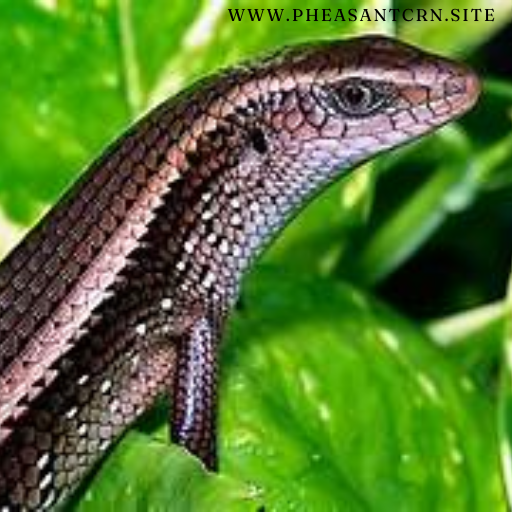Learn effective techniques and valuable tips for controlling humidity and temperature in snake enclosures. Find out how to create the perfect environment for your pet snakes with our expert advice.
Introduction to Snake Enclosures
When it comes to keeping pet snakes, the right enclosure is crucial for their health and well-being. A snake enclosure, also known as a terrarium, is a specially designed habitat that provides the ideal environment for a snake to thrive. These enclosures come in various sizes and designs, catering to the specific needs of different snake species.
Types of Snake Enclosures
There are several types of snake enclosures available, including glass terrariums, plastic tubs, and custom-built wooden enclosures. Each type has its own advantages and disadvantages, and the choice of enclosure depends on factors such as the size and species of the snake, as well as the owner’s preferences and budget.
- Glass Terrariums: These are popular choices for snake enclosures, as they provide good visibility and are easy to clean. However, they can be heavy and may require additional heating to maintain the right temperature.
- Plastic Tubs: These enclosures are lightweight and easy to maintain, making them a cost-effective option for snake owners. They also provide ample space for snakes to move around.
- Custom-Built Wooden Enclosures: For owners looking for a more natural and customizable option, wooden enclosures are a great choice. They can be tailored to fit specific snake species and can be aesthetically pleasing as well.
Techniques for Controlling Humidity
Humidity control is crucial in the successful cultivation of certain crops, especially in environments with high levels of moisture. There are several techniques that can be employed to effectively manage humidity in agricultural settings.
Use of Dehumidifiers
One effective method for controlling humidity is the use of dehumidifiers. These devices work by removing excess moisture from the air, helping to maintain optimal humidity levels for crop growth. Dehumidifiers come in various sizes and capacities, making them suitable for use in both small-scale and large-scale agricultural operations.
Ventilation and Air Circulation
Proper ventilation and air circulation can also help regulate humidity levels in agricultural settings. By ensuring adequate airflow and ventilation, moisture can be dispersed and controlled, preventing the buildup of humidity that can lead to issues such as mold and mildew. This can be achieved through the use of fans, vents, and other ventilation systems.
These techniques, when implemented effectively, can help maintain optimal humidity levels in agricultural environments, promoting healthy crop growth and minimizing the risk of humidity-related issues.
Tips for Maintaining Ideal Temperature
Maintaining the ideal temperature is crucial for the successful breeding of snakes. It is important to ensure that the temperature in the breeding environment remains consistent and within the optimal range for the species being bred. This can be achieved through the use of heating pads, heat lamps, or thermostatically controlled heating devices. It is also important to monitor the temperature regularly and make adjustments as needed to maintain the ideal conditions for the snakes.
Monitoring Temperature
One of the most important tips for maintaining the ideal temperature is to regularly monitor the temperature in the breeding environment. This can be done using digital thermometers or temperature gauges placed at various locations within the breeding area. It is important to check the temperature multiple times throughout the day to ensure that it remains within the optimal range for the snakes.
- Use heating devices such as heating pads or heat lamps
- Utilize thermostatically controlled heating devices
- Regularly monitor the temperature using digital thermometers or temperature gauges
- Make adjustments as needed to maintain the ideal temperature
Best Practices and Troubleshooting
Best Practices for Raising Skinks
– Provide a spacious and well-maintained enclosure for your skinks to thrive.
– Offer a varied diet that includes live insects and other suitable food items.
– Monitor the temperature and humidity levels in the enclosure to ensure optimal conditions for your skinks.
Troubleshooting Common Issues
– If your skinks are not eating, check for any environmental stressors or health issues that may be affecting their appetite.
– Monitor for signs of illness or injury, and seek veterinary care if necessary.
– Address any aggression or territorial behavior among skinks by providing adequate hiding spots and separate feeding areas.
Proper humidity and temperature control in snake enclosures is crucial for their health and wellbeing. Utilizing appropriate substrates, heat sources, and hygrometers can help maintain optimal environmental conditions for these reptiles.



